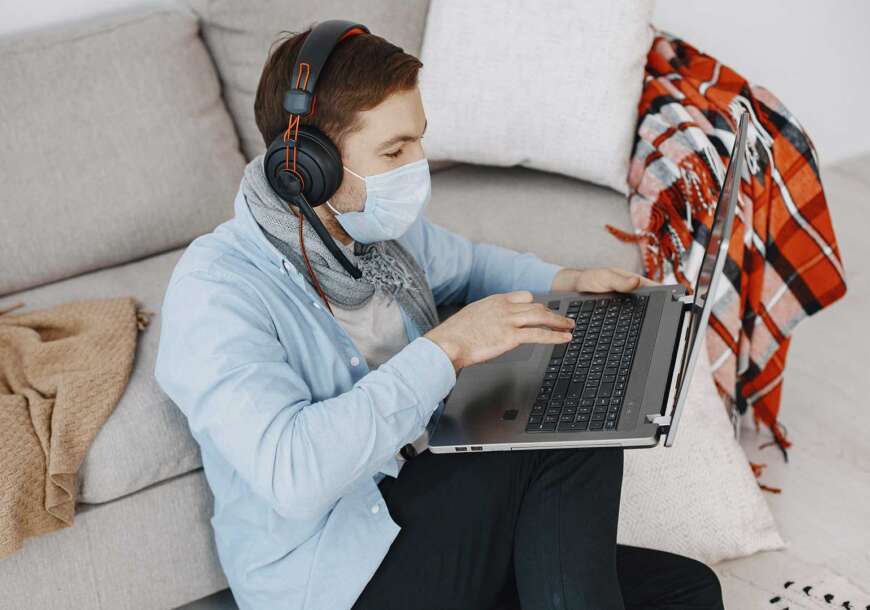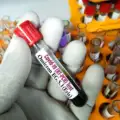


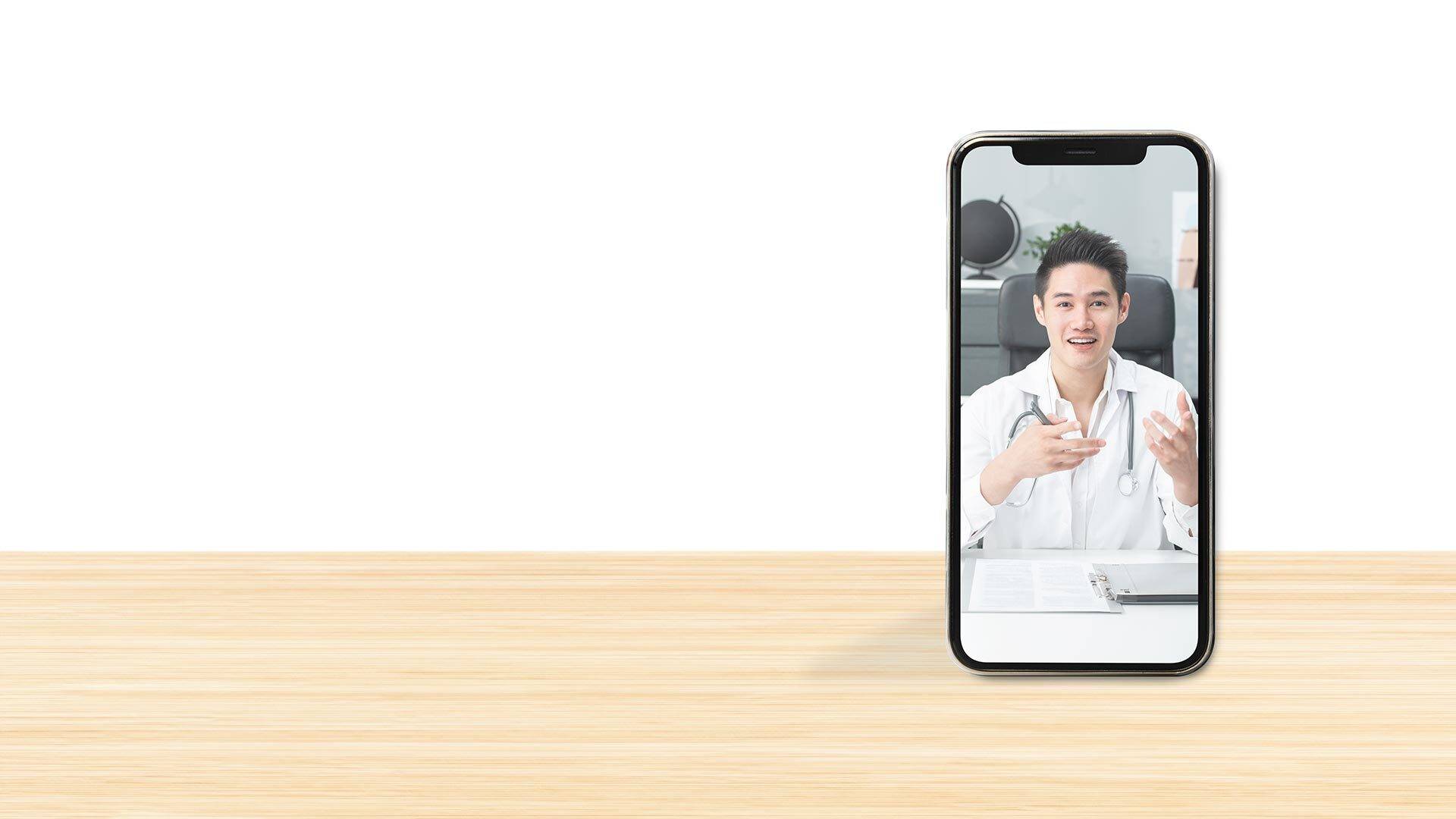
Slide 1
Extensive Health Network
6000+ Doctors, 4000+ Pharmacies, 100+ Cities with Official Health Laboratory across Indonesia
Slide 2
Telemedicine Made For You
24/7 access to healthcare professionals, online Health Store, and even offline specialist booking saves you time and money.
Slide 4
Employer Solutions
Customize benefits to fit your company’s needs, streamline administration and offer your employees convenient healthcare.
Slide 3
Digital Outpatient Service
Optimize Employee Wellness: 24/7 Teleconsultations and Expedited Medicine Delivery in Over 200 Indonesian Cities.
Health Insights for Your Business Keep up to date
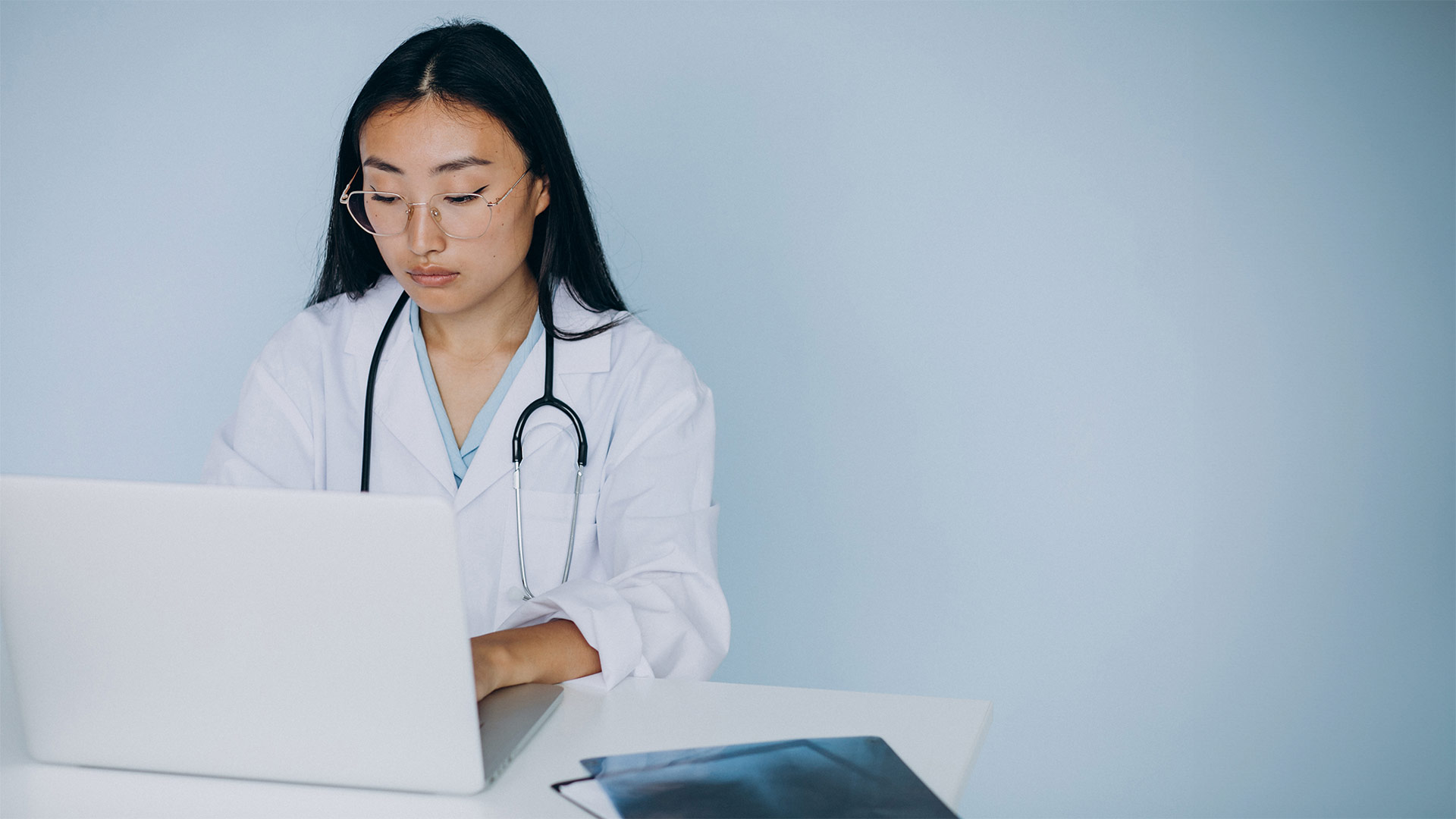
Boosting Productivity with Telehealth: Reducing Time Away from Work
Explore how telehealth services can reduce time spent away from work due to medical appointments and how that boosts overall productivity.

Expert Opinion
Speak to one of our network of doctors about maximizing your employees healthcare and improving productivity.
Health News For YouStay up-to-date
Good Doctor NewsKeep up to date
TRENDING NEWS

TRENDING NEWS
Why Good DoctorSmart Healthcare for Smart Business

Large Healthcare Network

Various Benefits & Rewards
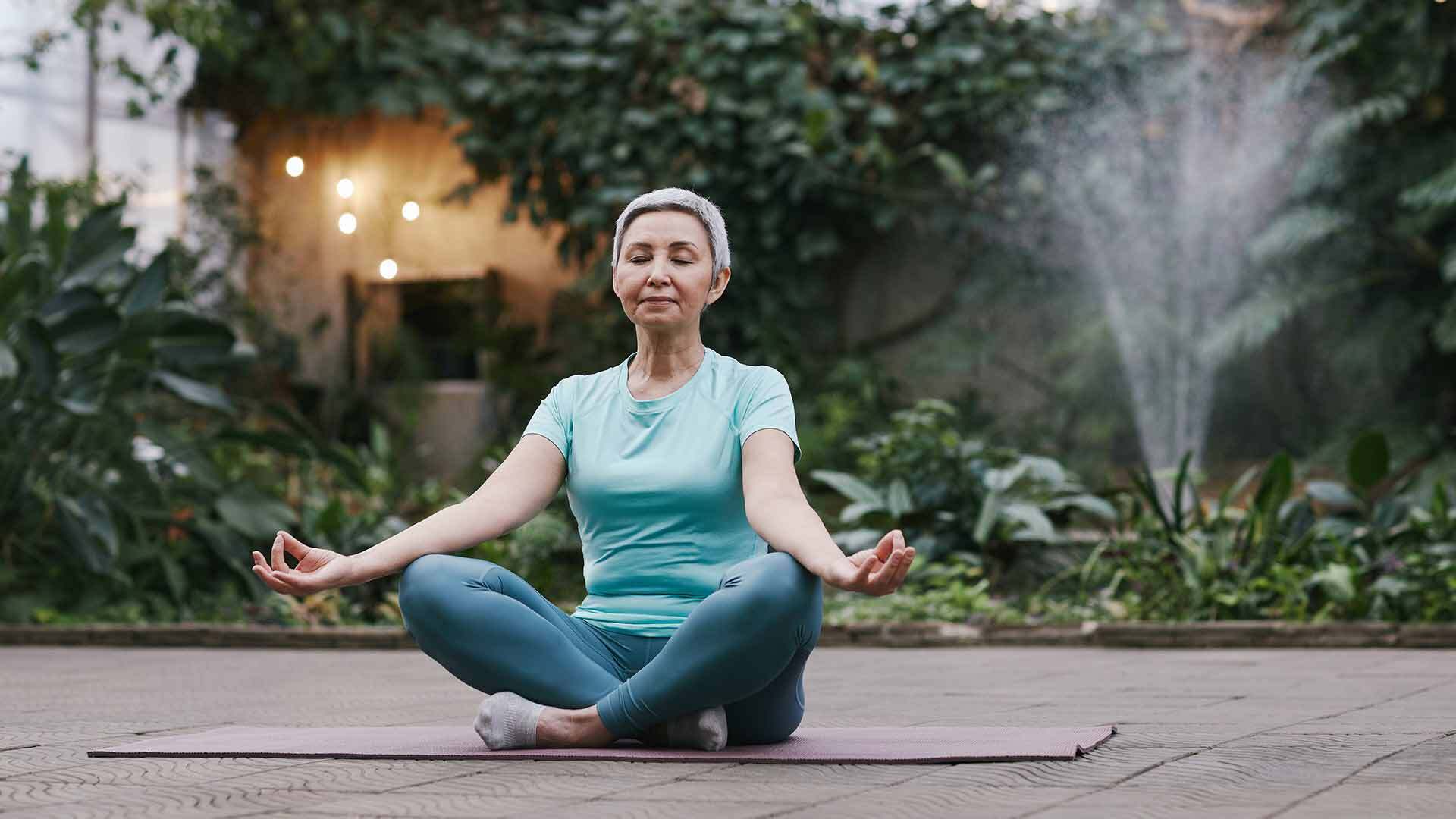
Wide Array of Health Programs








